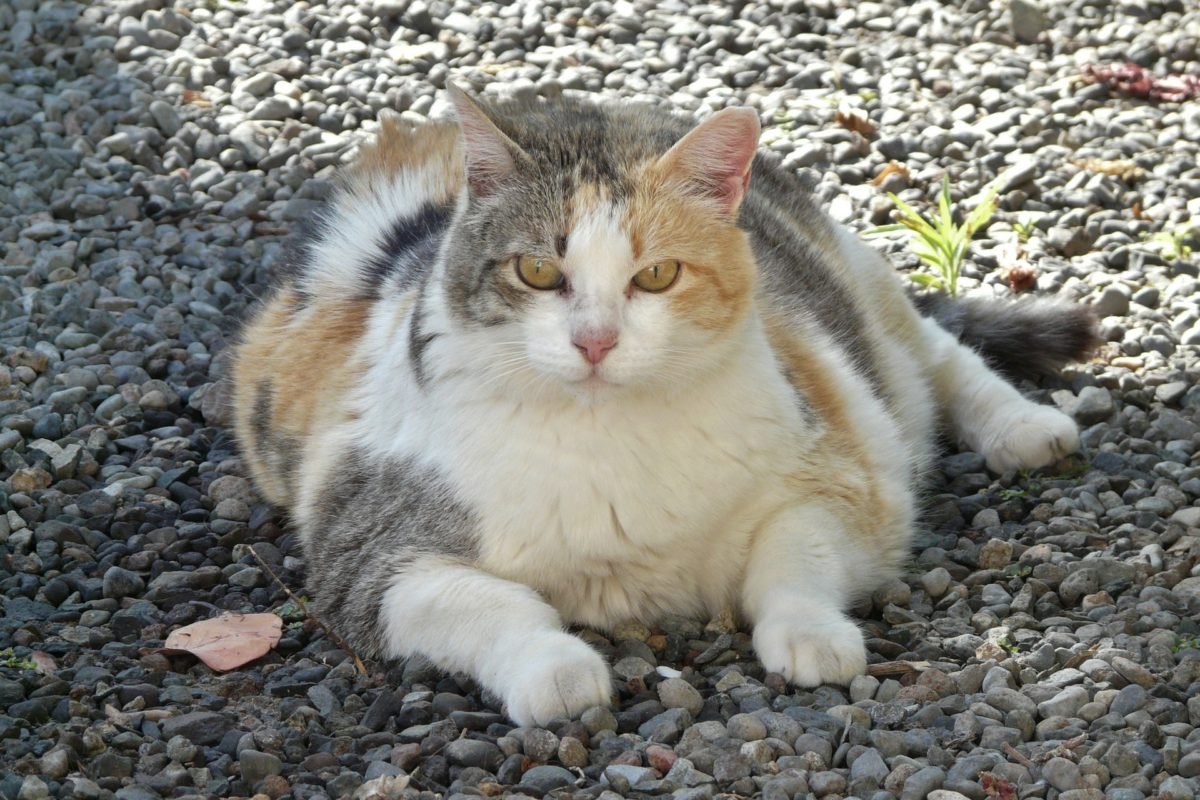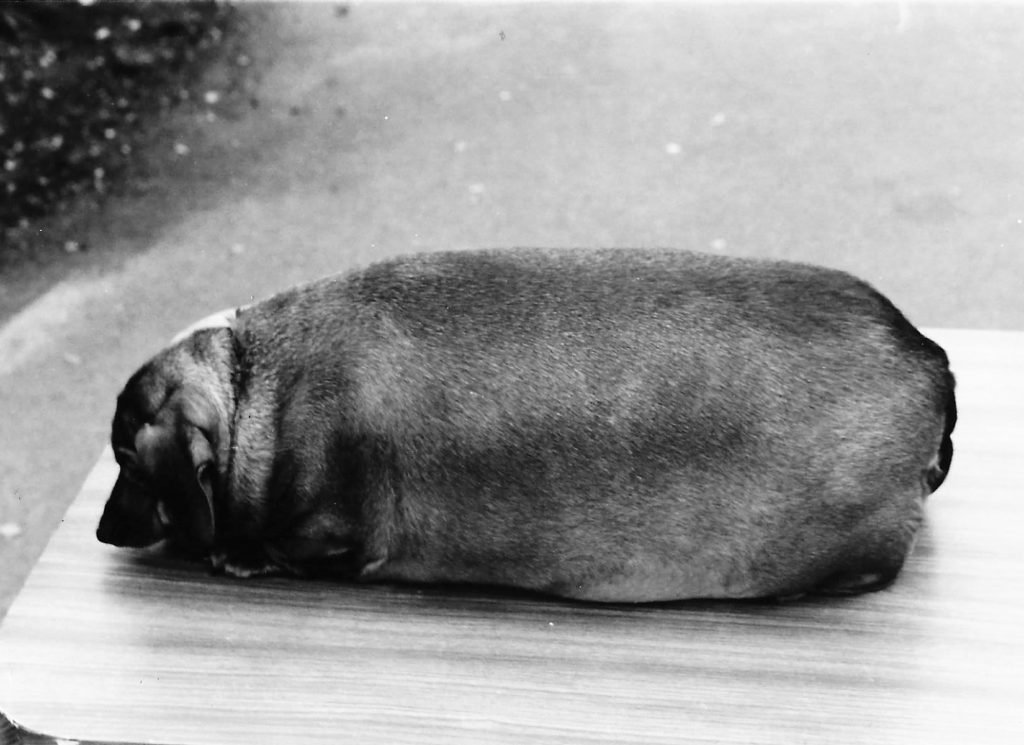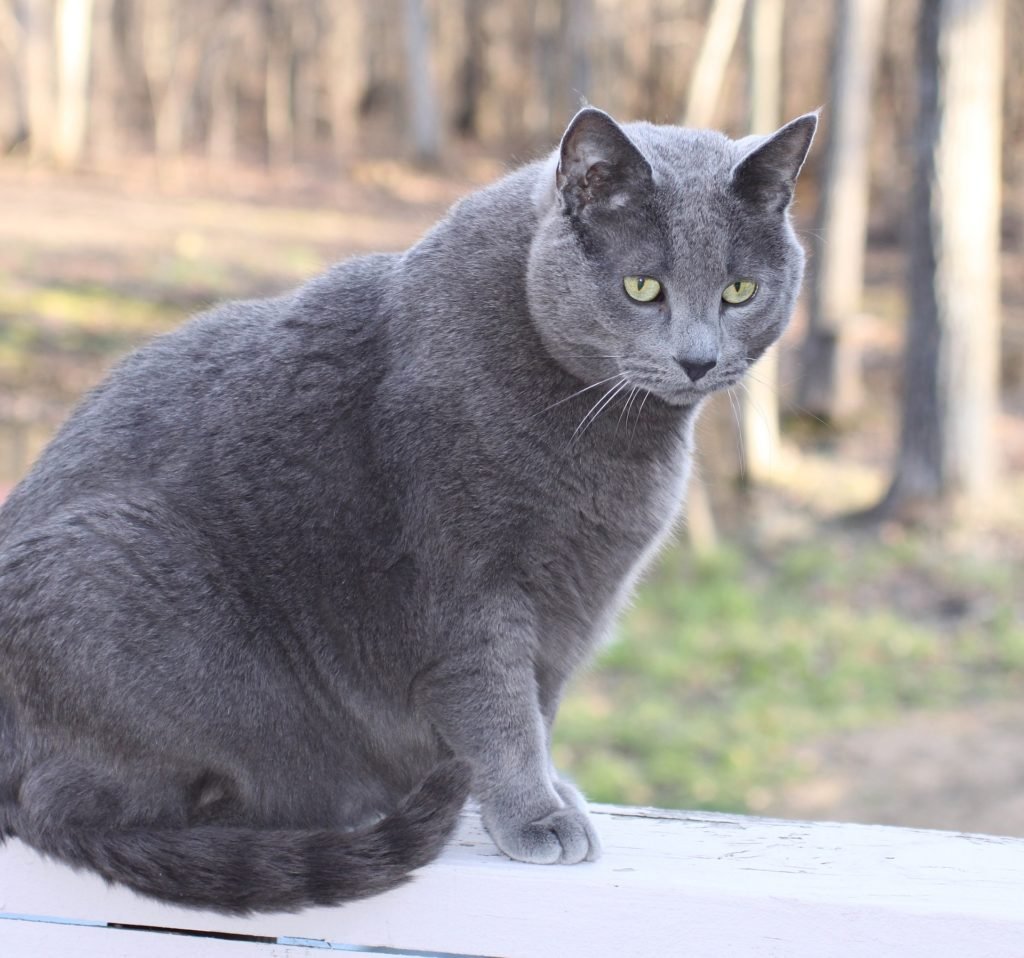Fads and crazes have being going on for decades beginning with the hamster in the 1930’s and now pocket pets and teacup dogs.
Whenever the pet trade and animal breeders feel that the market is becoming stale, they are very good at producing and introducing new fads and crazes to keep the gullible and fickle pet acquiring public in the mood for acquiring pets. This has being going on for decades beginning with the hamster in the 1930’s and now pocket pets and teacup dogs. The pet trade are very good at manipulating us by coming up with new species of animals to promote and sell by using social media and clever marketing to make the poor creature a must have.
Fads or crazes for a type of pet come along at regular intervals and many begin in the USA and are often driven by so-called celebrities who if photographed with a certain breed of dog immediately incite a rush to acquire the same.
We are also bizarrely influenced to buy certain animals by movies, particularly animated ones, when children badger their parents who disgracefully submit to their requests. We never seem to learn as back in 1980’s I remember the ninja turtle movies spawned a disastrous craze for baby turtles. The pet trade jumped all over this fad with a lot of help from the media, which resulted in coerced parents buying these tiny creatures to placate their youngsters , with no regard or common sense to their long-term needs and the problems that would occur.
I was working as an animal health inspector at the Animal Quarantine Station at London Heathrow airport at the time and saw these beautiful tiny creatures bred and shipped in their thousands arriving from the USA in aircraft holds. 200 writhing turtles were piled into each small cardboard box, and flown worldwide to meet the demand. Many died or were squashed en-route, thousands died after being bought and thousands abandoned into waterways to take their chances when they grew too big causing environmental and health issues.
In the late nineties we had a craze for chipmunks or small side-striped squirrels driven by the Alvin animated films and in 2010 a television advertising campaign incredibly led people to buy meerkats as pets.
In 2016, the US pet trade was boosted by two animated films ‘Finding Dory’ and the ‘Secret Life of Pets’ which ‘attracted the interest, attention and investment in both new and existing pets’ according to Euromonitor.com pet care industry reports. These films also show the draw of animals to both children and adults as they grossed nearly US$2 billion between them. The fact that we are easily enticed into acquiring live animals on a whim is frightening.
Pocket Pets

Recently we have seen a fad for so-called ‘pocket pets’, their popularity spread by social media all around the world with the obvious consequences. Originally the idea was to market small pets like mice, rats and hamsters as ideal pets for carrying around in your pocket. Apart from anything else, this is an extremely unhygienic idea and of course cruel. It is not really a new fad, but a re-invention as many schoolkids have carried pet mice in their pockets for decades particularly to frighten their teacher.
The market for keeping once popular small mammals was declining and viewed by many as ‘boring’ so something was required to make them more appealing. This was achieved by re-inventing them as ‘pocket pets’.
At first the term pocket pets was restricted to small mammals such as mice, rats and hamsters, but unfortunately the term was soon hijacked and re-branded as any pet ‘the size of a pocket’. This has led to totally unsuitable pets being marketed with small exotic species like skunks, chinchillas, degus, prairie dogs, sugar gliders and flying squirrels and even tortoises and birds, obviously too big for most pockets.
Rabbits were also re-branded when their appeal declined due to fewer people having gardens and so they became ideal ‘house pets‘ and a craze for huge breeds of rabbit was born.
This has in turn created unsuitable and poor standards of care resulting in premature deaths, suffering and more discarded animals. As far as the pet trade is concerned, any animal species can be made into a suitable pet and so skunks have their scent glands removed to make them acceptable.
Designer Dogs
In the UK, whichever breed won the national dog show at Crufts became the must have dog, then we had a craze for macho breeds such as the German Shepherd back in the sixties when everyone was into guard dogs, then Dobermanns and Rottweilers and recently Pit Bulls and Staffordshire Bull Terriers that have become the blight of many parts of the world. But times change and with the help yet again of social media we have progressed to the recent fad for designer cross breeds with nonsense names and even more recently the French Bulldog has come to prominence with 10.5 million photographs of it on Instagram following its celebrity status with people like Lady Gaga.
Handbag and teacup dogs
Then we had a celebrity led craze for “handbag” dogs which were just traditional toy breeds, but someone had to invent the fashion trend to carry them instead of allowing them to be normal dogs. Not satisfied with handbag dogs we have moved on to another new fad for so-called “Teacup” dogs.
At one time these tiny dogs only existed in natural form as runts of a litter, the last in line, the weakest and sickest which often died or were ignored by their mothers. The clue to the health status of these dogs is in the term runt, but somewhere along the line someone decided what a good idea to start mating these sickly runts by seeking out and intentionally mating undersized dogs and begin a craze for these ‘cute’ miniature dogs.
They are called “new breeds” but of course this is nonsense, but a good marketing point. The market is mainly gullible young girls and other ‘fashion’ conscious women who inexplicably feel they are a necessary accessory and part with hundreds if not thousands of pounds to own one. For every post on the internet advising against buying one there is another extolling the virtues of getting one.
Someone has even invented a standard for a teacup breed which stipulates that they must be less than 17 inches long at age one year and weigh four pounds or less to qualify. This immediately raises problems as there is no guarantee what size it will grow to when bought as a tiny puppy and possibly disappoint its owner. They also come with a never-ending list of health, behavioural and safety issues including being easy prey for hawks, other dogs and predators, being stepped on, dying from falls and requiring special feeding and toileting.
Despite all this it doesn’t deter people from buying them and it is the same for all the other unsuitable pets as well. We have little interest in the needs of animals and the repercussions involved only self-interest and so we never learn – we just move on to the next poor creature to exploit.



